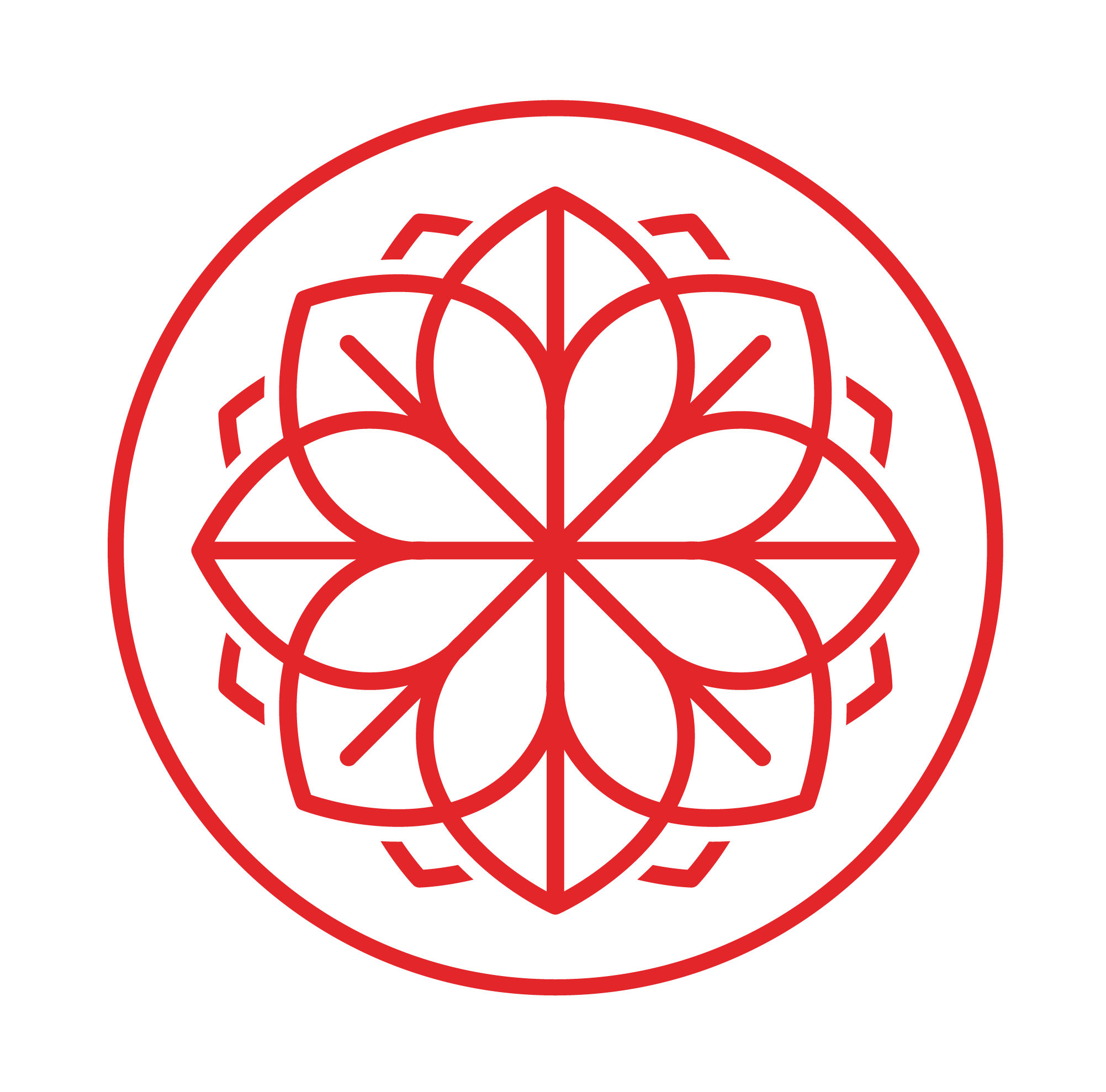It’s that time again. Where we beg summer not to end so we can keep enjoying our outside activities, fresh food from the farmers market and regular sunshine. The change in seasons is nature’s way of giving us balance. If we chased barbecues, sangria and pool parties year round our living spaces would be unkept, our digestion would be unruly and we’d be left with little time to recharge ourselves - which is the key to handling stress and preventing illness. This transition into Autumn does not have to be drastic either. On Sept. 22 - the first day of Autumn - we recommend the following simple tips to help embrace the shift into a new season.
1. Stay Active
Not every summer activity can translate to 20 degrees + snow conditions, but many of the things you enjoy about summer can take place in the cooler months as well. If you enjoy hiking, there are many spots in Wisconsin that become even more beautiful as the leaves change. These spots also come with the relaxing benefit of being in nature and away from work or home stress. If you are looking to stay local and indoors, Milwaukee has two indoor rock climbing gyms that you can check out when you need something a bit more challenging.
2. Boost your Immune System
Before the Farmers Markets officially end, stock up on your favorite, colorful vegetables and fruits and freeze them for use in the winter months. This will make it easy to keep a variety of immune boosting foods (like berries, spinach or kale) on your plate so the flu and colds have a hard time taking you down. Do not forget about probiotics - these are essential to keeping your gut healthy, and your immune system stronger.
3. Vitamin D
Exposing your skin to the sun to get vitamin D enhances your mood and energy. One research study found that B-endorphins - which make us feel good - increase after sun exposure. This may be one reason we have better moods in the summertime. To keep your levels up into Autumn, a vitamin D supplement might be beneficial if you tend to show signs of deficiency such as muscle weakness, chronic pain or excessive sweating.
4. Stay Social
We may tell ourselves that it is easier to just stay on the couch than to make plans, but socializing with friends and family can help keep isolation at bay and feed our need to connect. Our shift in schedules can increase stress levels and having a space to vent, share and laugh is important to stay balanced and keep a positive mindset.
5. Embrace Tea Season
When sweating in the summer sun it is easy to make sure we are drinking plenty of water, but when the cool air hits we tend to forget and reach for a comforting cup of coffee. We recommend a compromise: sipping on hot tea. Although water is still the best way to hydrate, tea can be a great alternative to that craving for a warm beverage while also preventing dehydration. Stay tuned for the release of our very own tea blends in collaboration with Urbal Tea.

